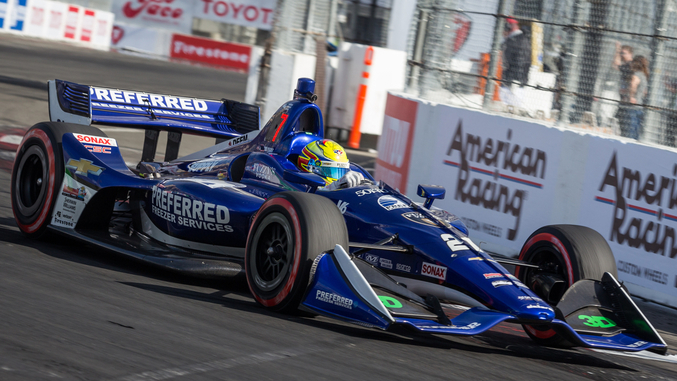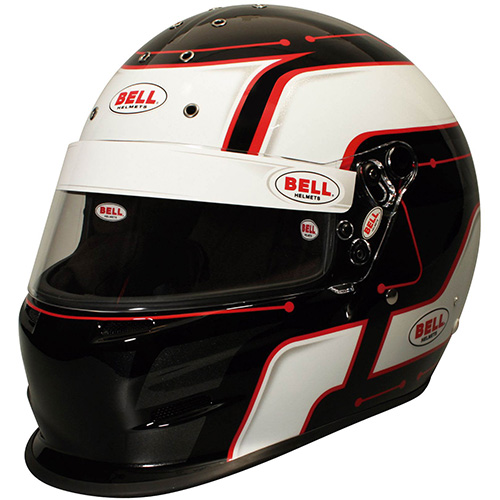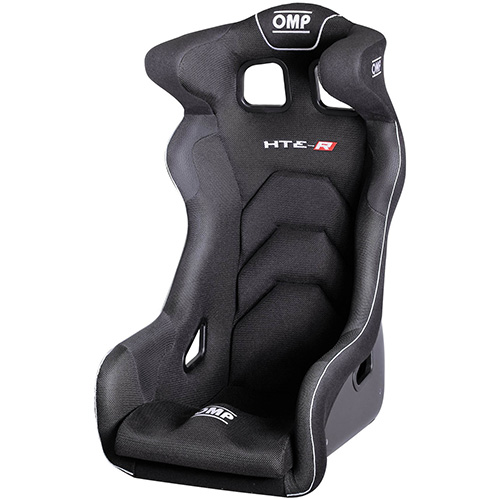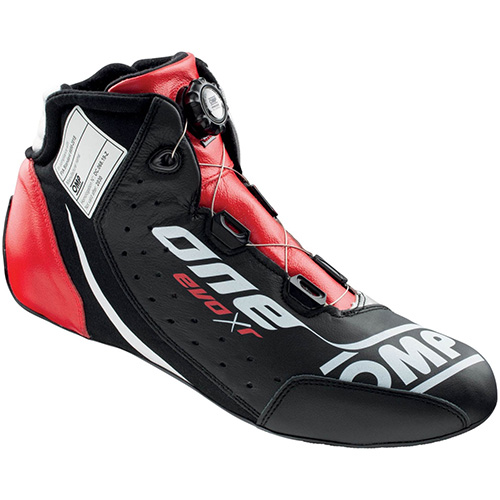The Cost Of Creating An IndyCar Driver

We all know that racing is expensive. It can be tough for folks to put together a budget for an entire season in one of the cheaper classes: Spec Miata, Spec E30, B-Spec, etc. Driver development can also be quite expensive: racing schools and one-to-two day licensing classes can cost well over $1000. Combine these aspects, over multiple seasons, with aspirations of getting a pro seat, and the costs continue to compound.
In regard to getting a young driver into that pro seat, what about the costs associated with getting them into an IndyCar seat? Like many other pro drivers’ CVs, Spencer Pigot started in karting. The estimated cost of his karting career stated in this article is somewhere between $50-100,000; not exactly the humblest of beginnings, but a drop in the bucket compared to major teams’ budgets. The article goes into a little more depth about the path and strategy his family took to fund his racing, how connections can mean everything, and offers some insight on how to treat it like a family business.


















